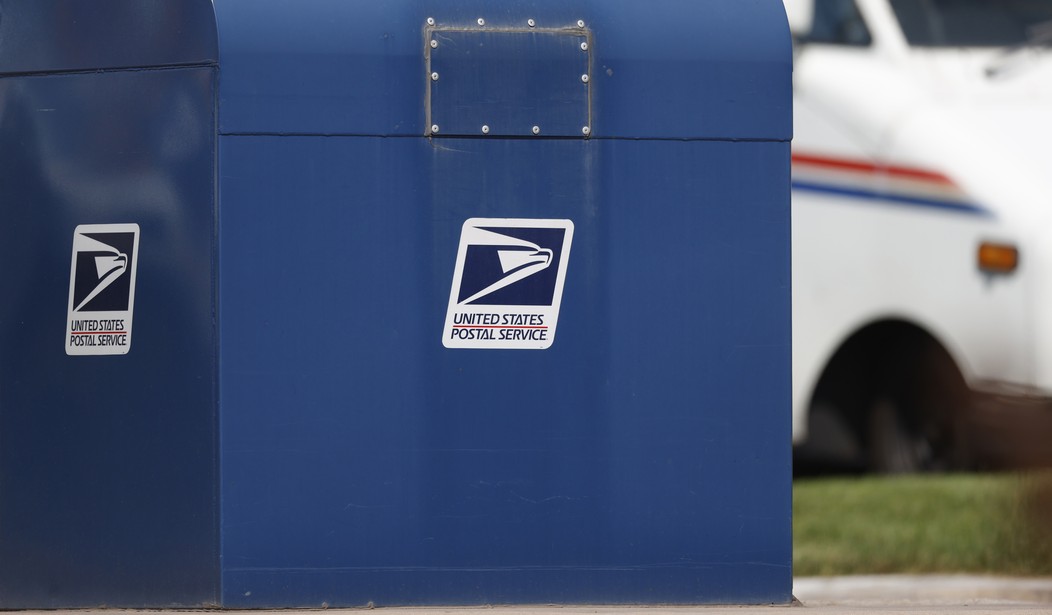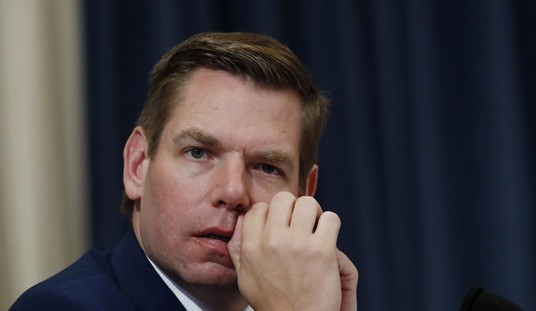Changing tastes and trends can be a death sentence for companies and even entire industries. The United States Postal Service (USPS) knows this too well having delivered an ever-dwindling supply of mail over the past couple of decades. In fact, the agency has lost more than $80 billion over the past 15 years and has had a tough time keeping expenses below revenues. Fortunately, the agency is doing some much needed soul-searching and examining the experiences of other businesses and industries to see how it can turn its ship around. This is a good idea for America’s mail carrier if it can nimbly cut costs and maintain their reputation for reliability. Millions of consumers are watching as the USPS tries to get back into the black.
In a recent inspector general (IG) report, the USPS searches for inspiration in its quest to improve its finances. The agency favorably cites the experience of Amtrak in supposedly improving its business model, though the case study lacks some much-needed context. According to the IG, “Beginning in 2017, new Amtrak leadership set new goals, emphasized cost cutting and more strategic investment decisions, and presented a new vision to Congress.” This included negotiating new collective bargaining agreements, pursuing more operations in-house as opposed to contracting, and reducing managerial headcount.
While these changes likely made some difference on the margin, Amtrak’s overall financial situation remains bleak. In 2019, on the eve of the pandemic, Amtrak posted a net loss of $880 million. Net loss figures have been trending downward over the years, and 2019’s figure was undoubtably an improvement from 2014’s net loss of $1.1 billion. But expenses are still exceeding revenues despite an estimated $2 billion per year in taxpayer subsidies. A 2018 analysis from Ernst and Young concludes, “the Company has a history of operating losses and is dependent upon substantial Federal Government subsidies to sustain its operations and maintain its underlying infrastructure.” These problems continue as costly Amtrak plans to revamp passenger hubs such as Union Station are behind schedule and over budget. Amtrak’s “pivot” doesn’t exactly offer much hope for America’s mail carrier.
Recommended
The USPS is on somewhat firmer footing when it cites the experiences of Netflix and Blockbuster in navigating a rapidly changing market. Netflix has emphasized a small physical footprint, forgoing retail locations unlike the Blockbuster of yesteryear. The IG notes that, in contrast, “the Postal Service maintains a nationwide network of 31,000 retail post offices that are experiencing declining customer use. Post office transactions decreased by one-third between 2004 and 2020, and 42 percent of post offices do not generate enough revenue to cover their costs.”
The USPS could try to consolidate their network of post offices and/or enter partnerships with companies with large retail footprints to save on large, fixed infrastructure costs. That’s easier said than done, though, given institutional constraints. When USPS and Staples kicked off a pilot program in 2013 to provide postal services at hundreds of the retailer’s locations, the American Postal Workers Union (APWU) cried foul and launched protests and legal actions against the agency. The promising partnership, which lowered costs for the USPS and expanded options for consumers, was finally killed by a 2016 National Labor Relations Board ruling instigated by the powerful union.
Congress may need to step in to give the agency a freer hand in collaborating with companies and maintaining its footprint in a more cost-conscious way. The USPS also has it in their power to reduce losses by ensuring that package prices reflect delivery costs and more routinely auditing bloated middle-mile highway contracts.
Ultimately, no one solution will bring the USPS back into the black. But the agency and Congress can take incremental steps in the right direction and look to proper role models (i.e., not Amtrak) for inspiration.
Ross Marchand is a senior fellow for the Taxpayers Protection Alliance.

























Join the conversation as a VIP Member